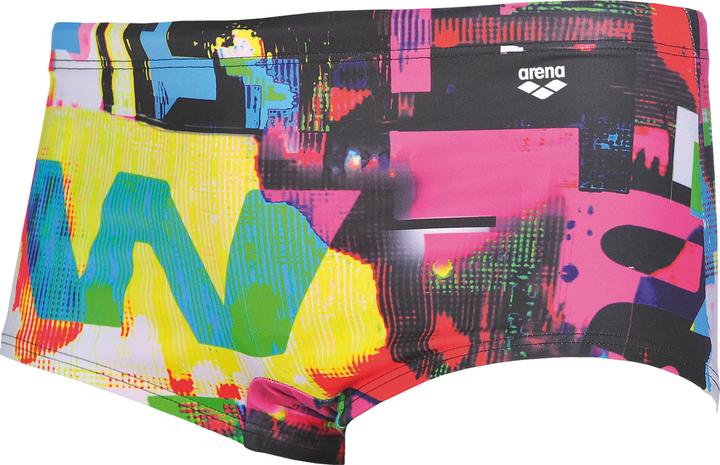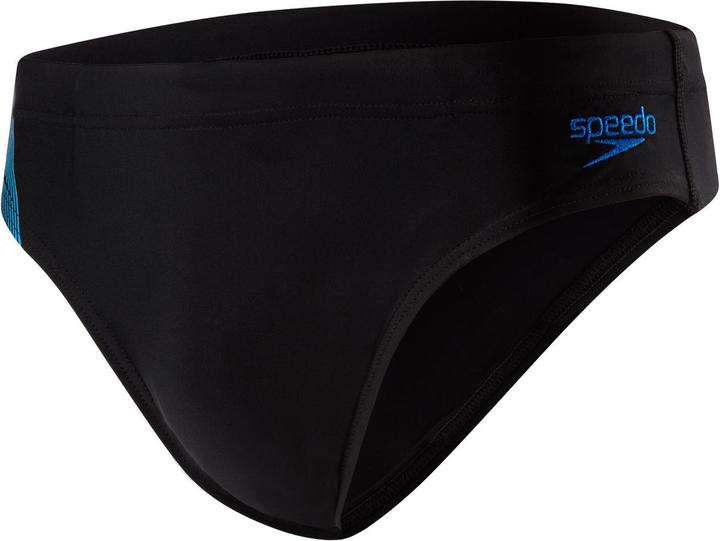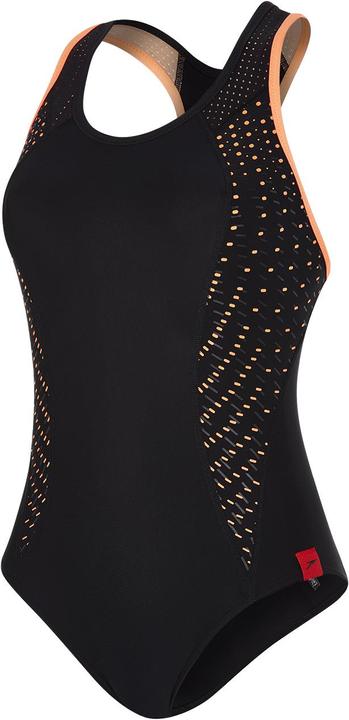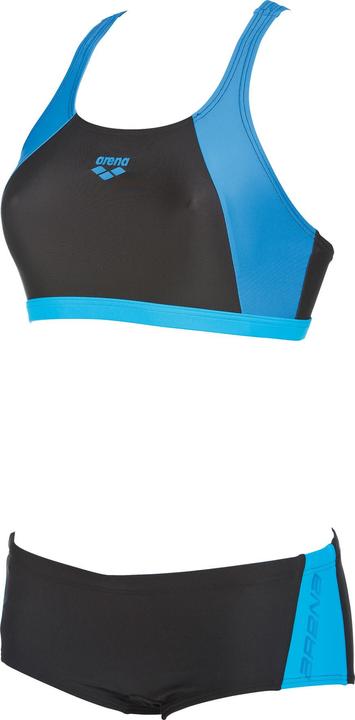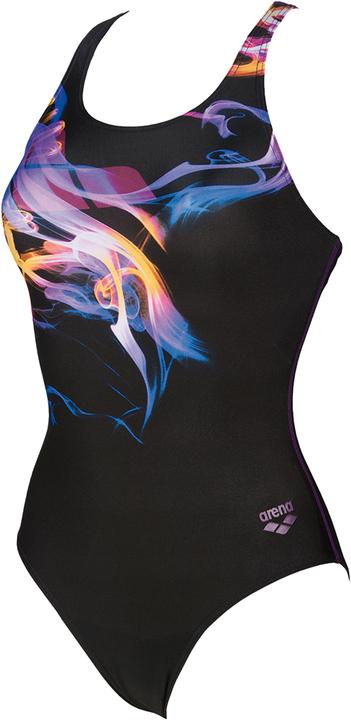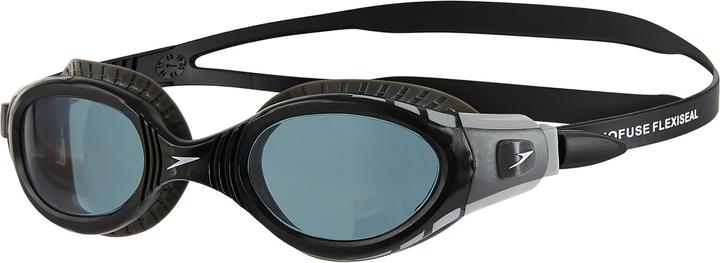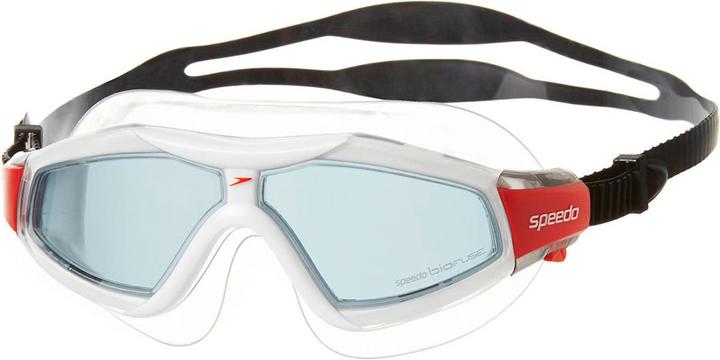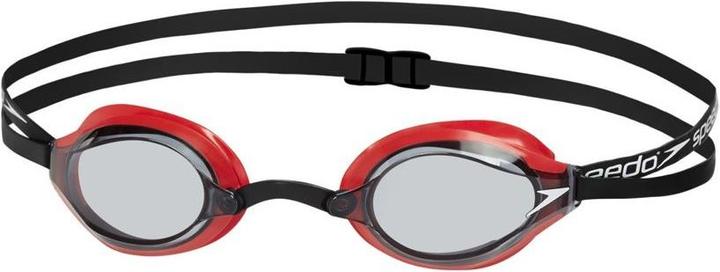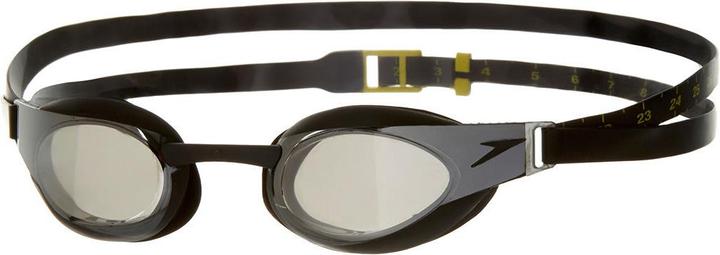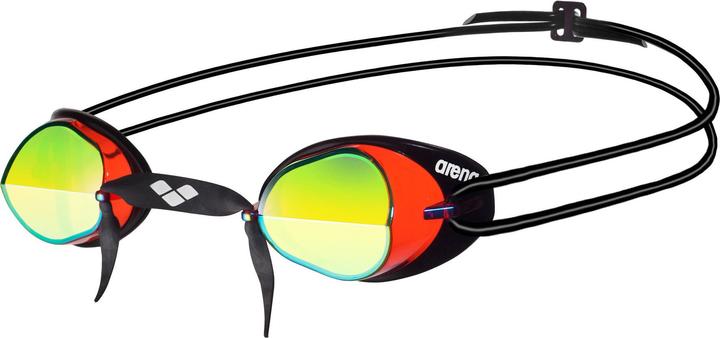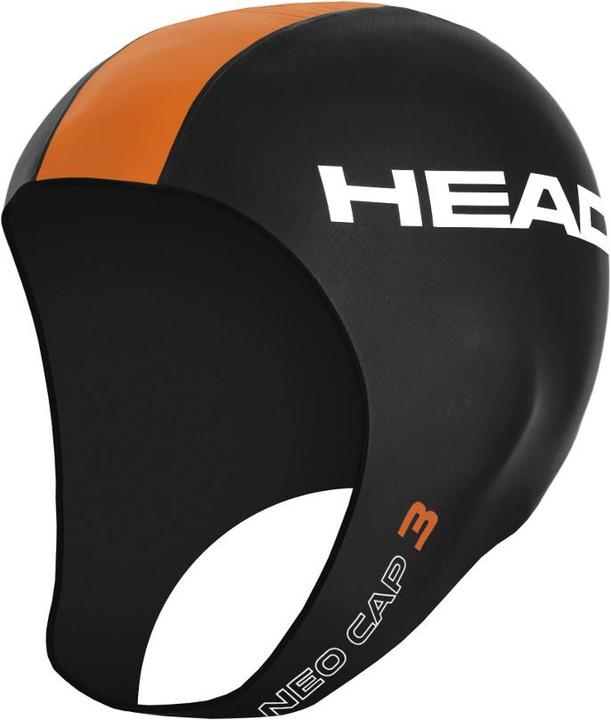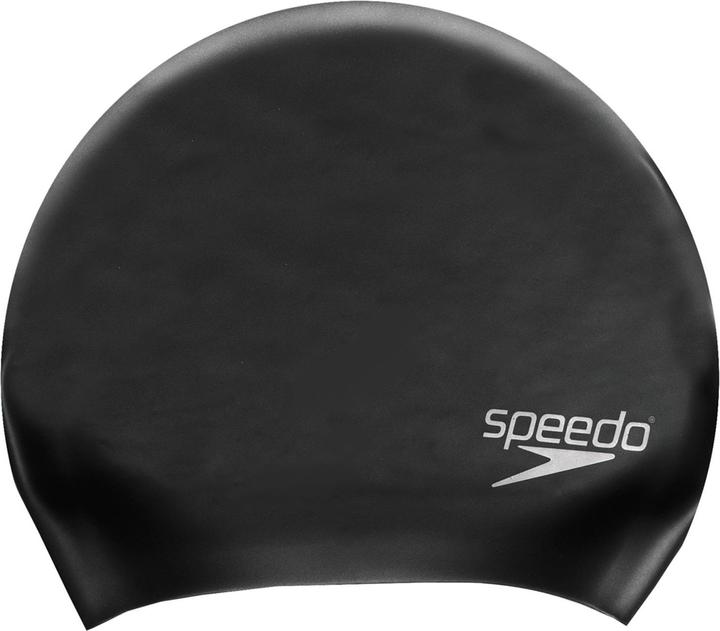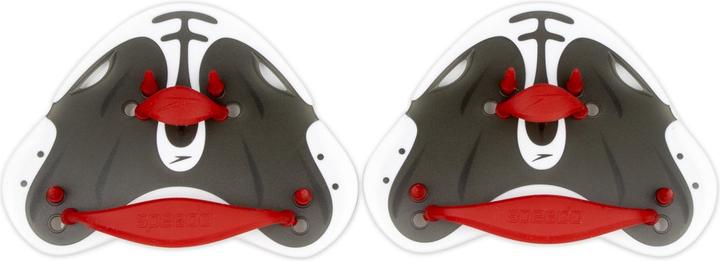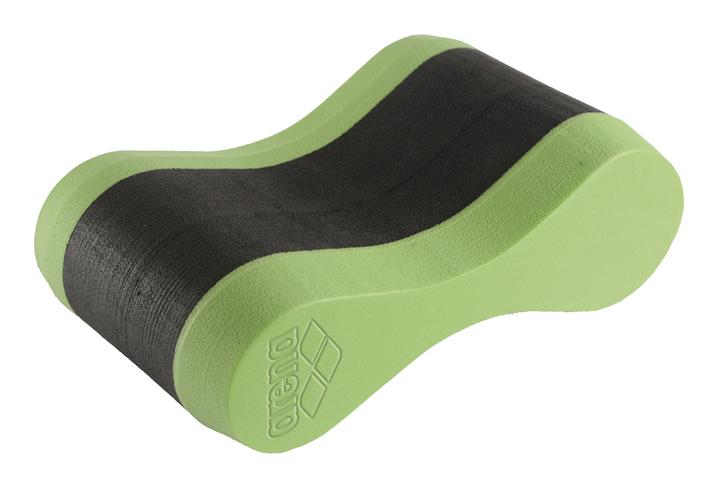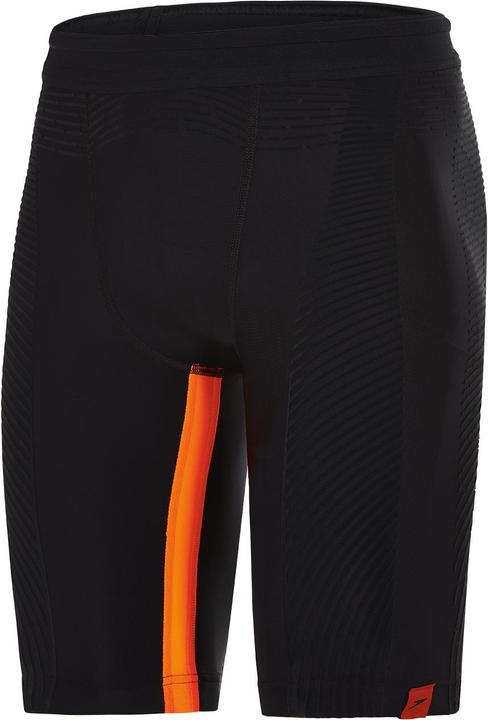

Swimming training for beginners: what equipment do I need?
Swimming is the joint-friendly alternative to jogging and therefore the ideal sport for keeping fit at any age. Which equipment suits you and your ambitions? Here are the answers.
Have you decided to do your fitness a favour with regular swimming training and are now looking for the right equipment? Here's what you need to look out for when choosing swimming goggles and co.
Swimwear
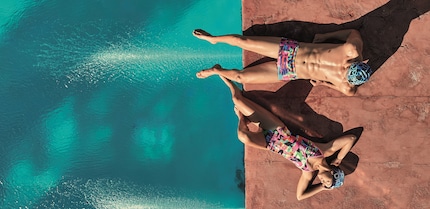
For him
Jammers, pants and swim briefs are generally suitable for training. Jammers are tight-fitting swimming trunks that are cut to just above the knees and are somewhat reminiscent of cycling shorts. Their advantage: the good fit reduces water resistance and also supports the muscles. The disadvantage: after repeated training, the fabric can loosen slightly, which means that the shorts no longer fit perfectly and the water resistance increases again. This is not a problem with briefs and pants. These are more durable and can even cause less water resistance with clean-shaven legs than jammers. For regular training, it's enough to make your decision based on your personal preference.
For her
Swimsuits for women are more versatile. Models with an open back offer you more flexibility and freedom of movement. Strap arrangements or a two-piece cut are also important in terms of comfort. Ask yourself the following questions: Do you need adjustable straps or even an integrated bra? You should also pay attention to the leg cut-out: low, medium or low? You can make this decision depending on your body type: If you have short legs, a low neckline can stretch them out a little. A low neckline, on the other hand, will make your torso appear longer. Of course, the suit you choose should be functional first and foremost, but it doesn't hurt to choose one that you feel comfortable in. The most important thing, however, is that the swimming costume fits snugly and does not slip during training. Many people go for a smaller size, as the material often stretches a little when wet.
Swimming goggles
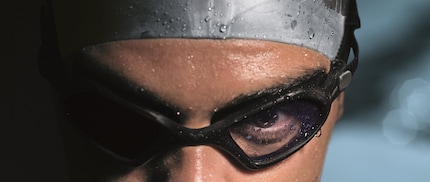
Swimming goggles are training aids that not only protect your eyes from the chlorine, but also serve as an orientation aid. The demand on them: They should be tight, fit well and comfortably and be coated so that they don't fog up. Exactly which swimming goggles you need depends primarily on where and what you are training for. A rough distinction is therefore made between goggles for open water swimming, for training or for competitions.
Open water swimming goggles
Goggles designed for open water often have a wider field of vision. They usually have a tinted or mirrored lens, which serves as sun protection. A soft silicone rim ensures greater comfort, which is particularly beneficial when travelling longer distances. These goggles are perfect for triathletes in particular. But they are also definitely recommended for beginners who like to complete their training sessions in open water.
If you struggle with the regular open water swimming goggles in terms of density, there is also a sub-form: the swim mask. It looks similar to diving goggles and has a wider silicone rim, which means it adapts to almost any eye and face shape.
To all open water swimming goggles
Training swimming goggles
These goggles are specially designed for indoor training. For this reason, they are usually equipped with clear or only slightly tinted lenses without UV protection. Like the open water swimming goggles, they do not sit too deep in the eye sockets and have a soft silicone rim.
To all training swimming goggles
Competition swimming goggles
Competition goggles are for advanced swimmers. Due to their flat, small and lightweight design, they offer the lowest possible water resistance and are as close to the skin as possible. However, this also restricts their visibility at the sides, meaning that a clear view is only possible to the front. You can adjust the headband for a perfect fit so that the goggles do not slip during the competition. Unsurprisingly, these goggles are often more expensive than other models.
Swedish goggles are a sub-category of competition goggles and only have a hard rim without a seal. They therefore sit directly in the eye sockets and therefore ensure low water resistance.
All competition swimming goggles
Tip: Goggles with a double headband are usually perceived as more comfortable.
Swim caps
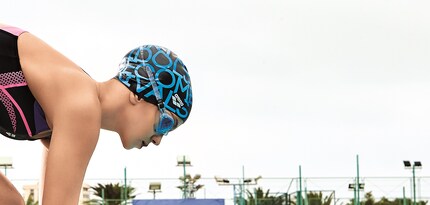
Bathing caps were originally designed to keep loose hair out of the pool. Today, the sophisticated filter systems in swimming pools take care of this. Bathing caps now primarily serve other purposes: keeping your hair dry, reducing water resistance when swimming and protecting you from pathogens. Swimming caps are made from latex, silicone or neoprene.
Made from latex
Do you have little time? Then it's a good idea to opt for an airtight and waterproof latex cap. This will keep your hair dry and save you having to blow-dry it. Latex is very elastic and thin, giving you the best fit. Latex caps are also in the lower price segment. However, latex is sensitive to heat and should therefore not be exposed to the sun for long periods of time, otherwise it will quickly become brittle or even crack. The material is also sensitive to sun creams, oils and other fatty substances. A latex swimming cap is therefore only recommended if you go swimming in an indoor pool.
Made from silicone
In contrast to latex swim caps, silicone swim caps are very durable. They are also relatively inexpensive, offer a good fit and are also very kind to the skin. In most cases, silicone caps are only water-repellent. However, there are now also waterproof models that are made by adding latex. These caps can withstand the summer heat without any problems. Unlike silicone models, they also have no problems with suntan lotion and the like and are resistant to salt water and chlorine. So if you want to switch flexibly between the indoor pool, the lake or the sea all year round, a silicone cap is your faithful companion. [[productlist:5680432]]
Made from neoprene
Neoprene swim caps are ideal for extreme sports enthusiasts and people travelling in cold water. So not for beginners. They have a very high fabric density, are waterproof and have an insulating effect, which protects against heat loss. They often also have a chin strap to completely cover the ears. In addition, these caps are thick and not at all as elastic as latex or silicone models. Wearing comfort also leaves a lot to be desired.
Tip: If you have long and thick hair, you should make sure that the cap is specially designed for this when buying it.
Pullbuoys and paddles
If the usual endurance training in the water is not enough for you, you can use paddles to increase the propulsion surface on your hands. This allows you to increase your strength training while swimming. In general, the paddles should only be slightly larger than your own hand to prevent pain in the shoulder area.
Foam pullbuoys are also beneficial for the arm muscles. You can clamp them between your thighs so that your legs are no longer involved in your progress in the water. Your arms are used all the more. Pullbuoys are available in different sizes, which provide different levels of buoyancy.
To the entire water sports range
As a massive Disney fan, I see the world through rose-tinted glasses. I worship series from the 90s and consider mermaids a religion. When I’m not dancing in glitter rain, I’m either hanging out at pyjama parties or sitting at my make-up table. P.S. I love you, bacon, garlic and onions.
